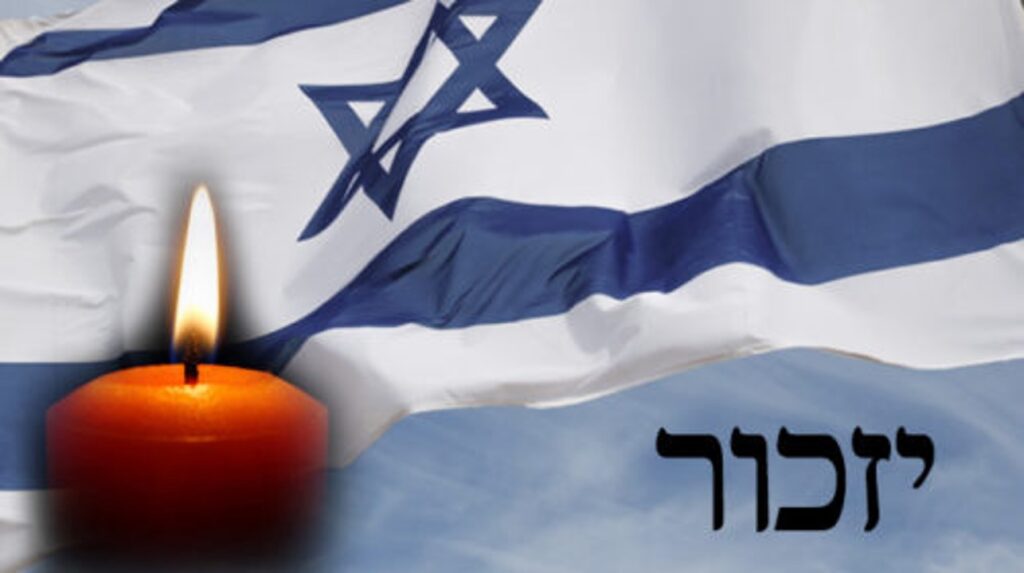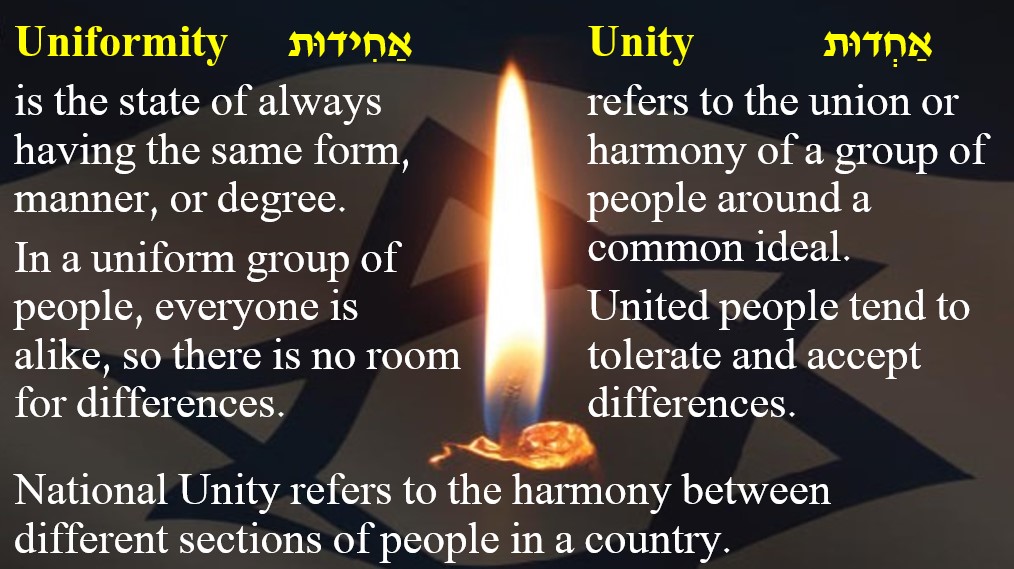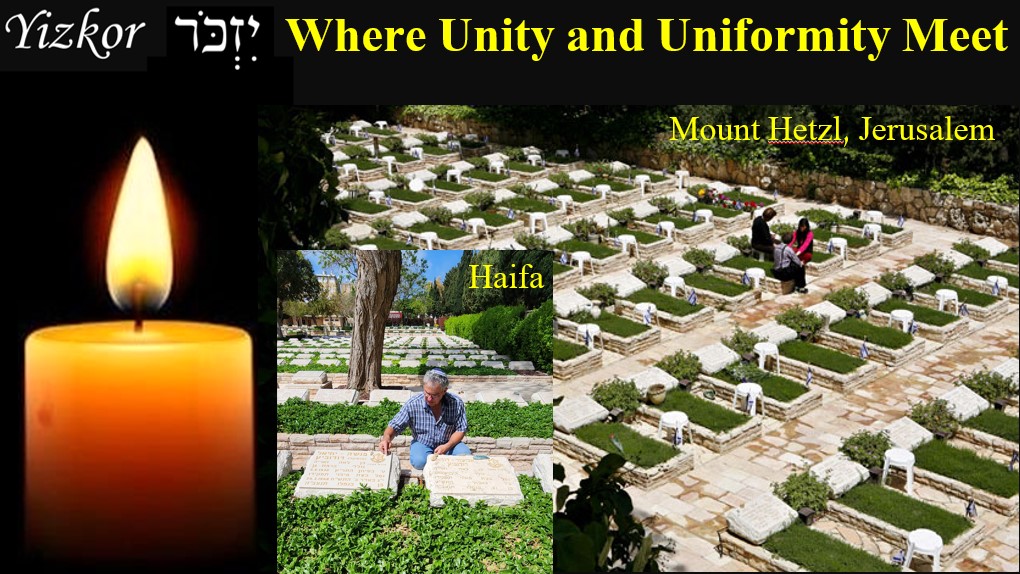
Memorial Day
Yesterday the nation, the People of Israel, commemorated the 24,213 fallen in the campaigns of the resurrection and sustenance of Israel, the count started in January 1873. Israel is unique in its way of commemorating the fallen and celebrating its independence. The day of the highest joy, Independence Day, immediately follows the day of deepest sorrow and bereavement, Memorial Day. At 1100 sharp, sirens shrill for two minutes and the country stops. Cars on major highways as well as in the narrowest alleys stop. Their occupants dismount and stand next to the cars in full attention.
At the very same instance, the Memorial ceremony commences in all the military cemeteries and memorial sites across the country. Millions attend the cemeteries. Family members, friends and acquaintances stand close to the grave of their fallen dear ones. High School students and soldiers stand erect next to the older graves, with the biography of the fallen they stand next to. The whole nation, in unison, mourns and embraces the bereaved.

I’d like now to talk about two terms, אַחְדוּת (unity) and אַחִידוּת (uniformity). In Hebrew, one can hardly hear the subtle difference.
Uniformity is a state where everything conforms to the same form, manner, shape and conduct. Within a uniform group of people, also the thoughts and actions are alike, without any noticeable difference. A member who deviates from the standards of the uniform group is expelled and becomes the enemy of the group.
On the other hand, unity describes the harmony of the group around a certain noble ideal. The ways people within the group think and act in serving the common ideal may differ among the individuals. A united group is more prone to be tolerant and accept the differences among its members. Furthermore: differences are embraced as a source of growth.
Unfortunately, the world today tends to shift more into the divisiveness that may be created by uniform groups (parties, races, religions, genders, etc.) rather than embracing the diversity within the unity of the larger group.

Here, in the military cemeteries, both unity and uniformity merge into one. They all were united in their pursuit of defending Israel, falling on the altar of its inception and existence. And the cemeteries are the epitome of uniformity. They are all buried in identical graves. The texts on the headstones are almost identical. The religious and the secular, the Sephardic and Ashkenazi are next to one another. Jews and Non-Jews are buried in the same manner. After all, whatever it was that killed them did not differentiate between the followers of the Right or the Left.
This uniformity boldens and underlines to all those who are present, the living and the dead, that we are all united in following the ideal of the eternity of the Jewish People and the State of Israel.
Independence Day
Independence Day starts at 8pm, right at the wake of Memorial Day. The central ceremony is held in front of the grave of Hetzl, it’s cornerstone is the lighting of 12 torches, against each one of the 12 different tribes of the People of Israel. This element, in and by itself, is yet another emphasis to the diversity that creates the unity of the People. The persons that are honored to light these torches are selected thanks to the merits in their deeds that contribute to the strength and sustenance of the People of Israel and the Jewish People. One of these torches is lit by a representative of the diaspora Jewry.
Both Michael Steinhardt, the founder of Taglit – Birthright, and Rabbi Marvin Hier, the founder of the Simon Wiesenthal Center, lit the torch 6 years ago, stating very clearly what is the ideal that we all need to be united to follow.
The following is the video recording of the address based on the above text and slides.
